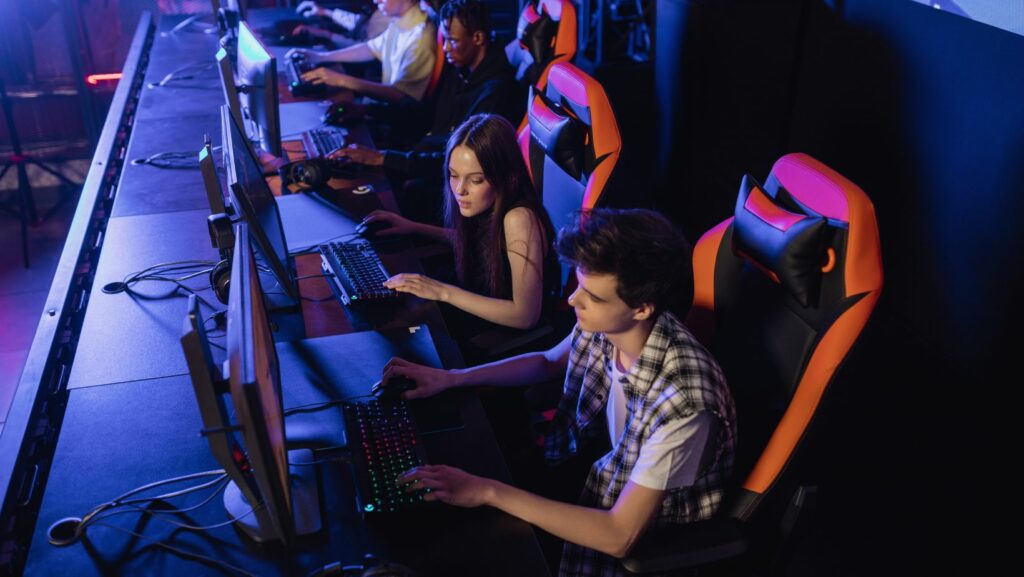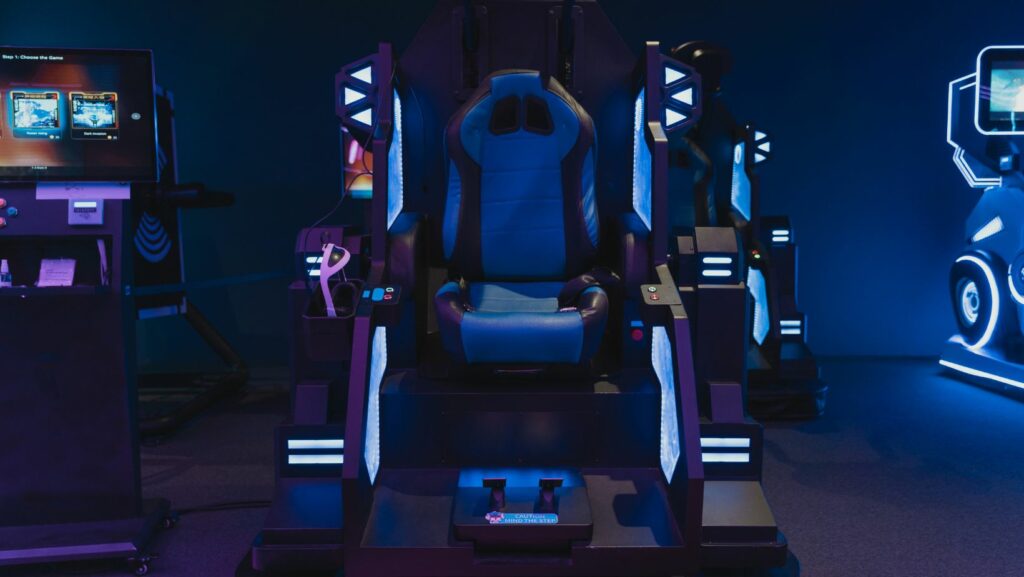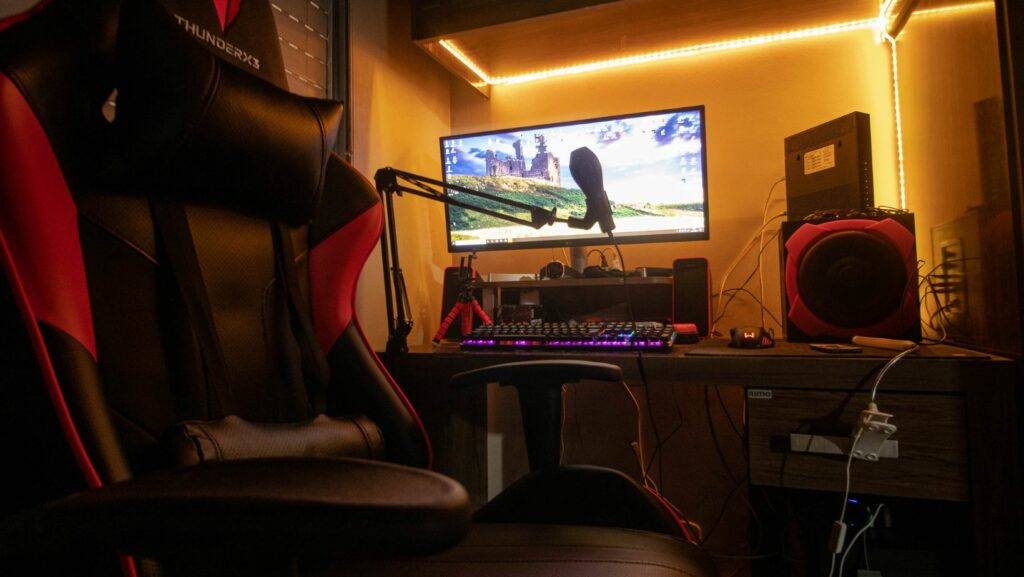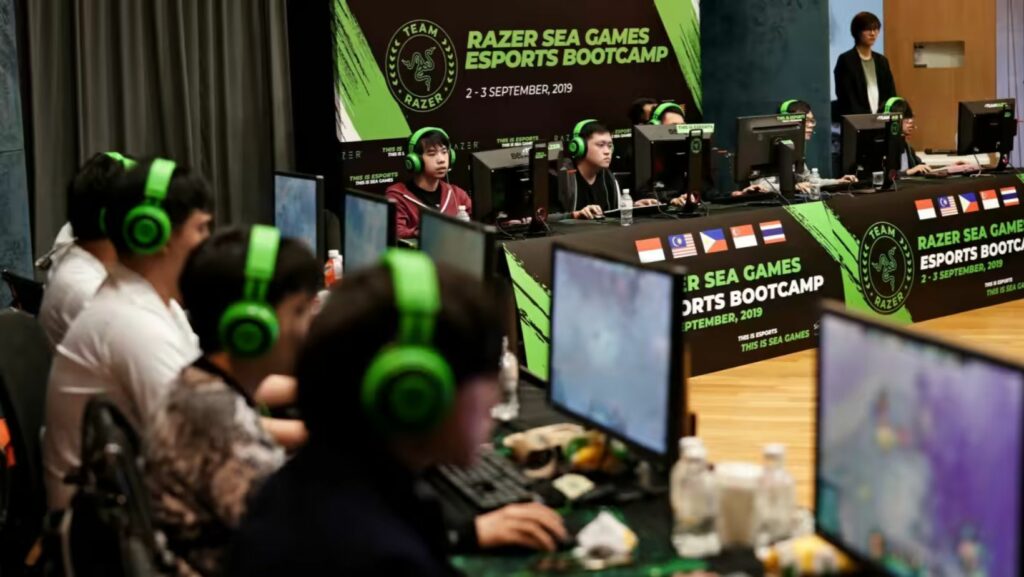Gaming Hardware Market in Europe
As an expert in the gaming industry, I’ve delved into the gaming hardware market in Europe to uncover trends and insights shaping this dynamic sector. The European gaming hardware market is a vibrant landscape characterized by a diverse array of products catering to the needs of both casual gamers and esports enthusiasts. From high-performance graphics cards to ergonomic gaming keyboards, there’s no shortage of innovative solutions available to consumers across the continent.

One key aspect defining the gaming hardware market in Europe is the increasing demand for cutting-edge technology that enhances the gaming experience. With advancements in virtual reality (VR) and augmented reality (AR) gaining traction, gamers are looking for hardware that can deliver seamless performance and immersive gameplay. This shift towards more sophisticated gaming setups has fueled competition among manufacturers to push boundaries and develop products that meet evolving consumer expectations.
In recent years, sustainability and eco-consciousness have also emerged as significant factors influencing purchasing decisions within the gaming hardware market in Europe. Consumers are showing a growing preference for products that are energy-efficient, made from recycled materials, or designed with longevity in mind. As a result, manufacturers are incorporating sustainable practices into their production processes and introducing eco-friendly alternatives to appeal to environmentally conscious gamers.
Overview of the Gaming Hardware Market in Europe
As I delve into the Gaming Hardware Market in Europe, it’s crucial to understand its dynamic landscape. Europe stands as a prominent player in the global gaming industry, with a robust demand for cutting-edge hardware driving innovation and competition.

Key Insights:
- Market Size: The gaming hardware market in Europe has witnessed substantial growth over recent years, fueled by the increasing popularity of esports and online gaming. With a diverse consumer base spanning casual gamers to enthusiasts, the market continues to expand.
- Trends and Innovations: European gamers are known for their affinity towards high-performance components, leading to a surge in demand for advanced graphics cards, processors, and peripherals. Companies are focusing on ergonomics and customization to cater to varied preferences.
Statistics:
Here are some key statistics highlighting the significance of the gaming hardware market in Europe:
| Metric | Value |
| Revenue Forecast | $X Billion (2021) |
| Annual Growth Rate | X% (2021-2025) |
| Leading Markets | Germany, UK, France |
Market Competition:
Leading tech giants alongside niche players vie for market share in Europe’s gaming hardware segment. Brands like ASUS, NVIDIA, and Corsair dominate with innovative product offerings tailored to meet evolving consumer demands.
Future Outlook:
The future of the gaming hardware market in Europe appears promising as advancements in technology drive immersive gameplay experiences. From virtual reality to cloud gaming solutions, the region remains at the forefront of shaping trends that redefine how gamers interact with their devices.
In unraveling the layers of this intricate ecosystem, one can appreciate the synergy between technological prowess and consumer engagement that propels the Gaming Hardware Market in Europe towards new horizons.
Impact of Economic Factors on the Gaming Hardware Market
When considering the GAMING HARDWARE MARKET in Europe, it’s crucial to analyze how ECONOMIC FACTORS influence its dynamics. Let’s delve into the various ways in which economic conditions shape this market:

Price Sensitivity and Consumer Behavior
- Economic fluctuations often impact consumer SPENDING POWER, affecting their purchasing decisions.
- During periods of economic downturn, consumers may opt for more budget-friendly gaming hardware options.
- Conversely, in times of economic prosperity, there may be an uptick in demand for high-end gaming devices.
Currency Exchange Rates and Import Costs
- Fluctuations in currency exchange rates can significantly impact the cost of imported gaming hardware.
- A weakening EURO against other currencies could lead to higher prices for imported products.
- This factor influences both consumers’ buying behavior and manufacturers’ pricing strategies.
Technological Innovation and Investment Trends
- Economic stability plays a key role in driving TECHNOLOGICAL INNOVATION within the gaming hardware sector.
- Companies are more likely to invest in research and development during favorable economic conditions.
- Conversely, economic uncertainty may hinder investment in cutting-edge technologies, impacting product diversity.
Statistics:
| Economic Factor | Impact on Gaming Hardware Market |
| Consumer Spending | Varied based on economic climate |
| Exchange Rates | Influence import costs |
| Innovation Investment | Correlated with economic stability |
In conclusion, understanding how ECONOMIC FACTORS intersect with the gaming hardware market provides valuable insights into industry trends and consumer behavior. By closely monitoring these factors, stakeholders can adapt their strategies to navigate changing market conditions effectively.


